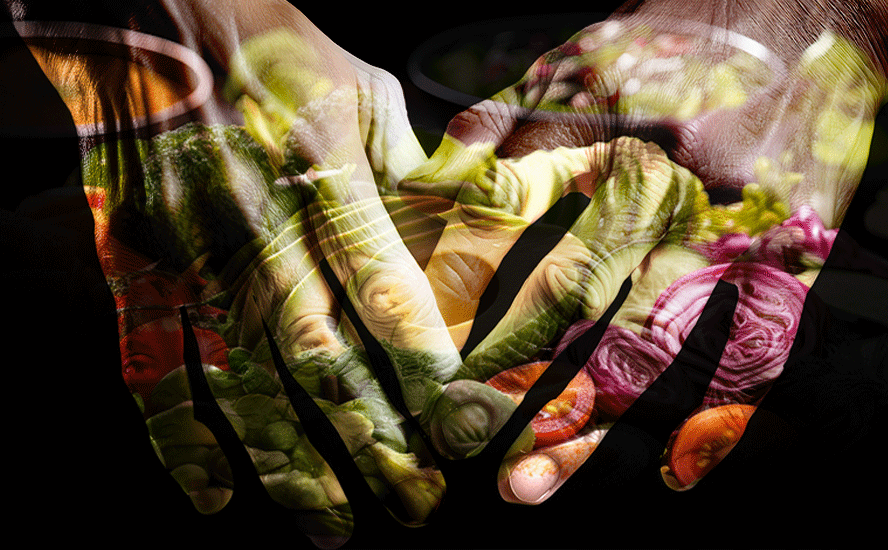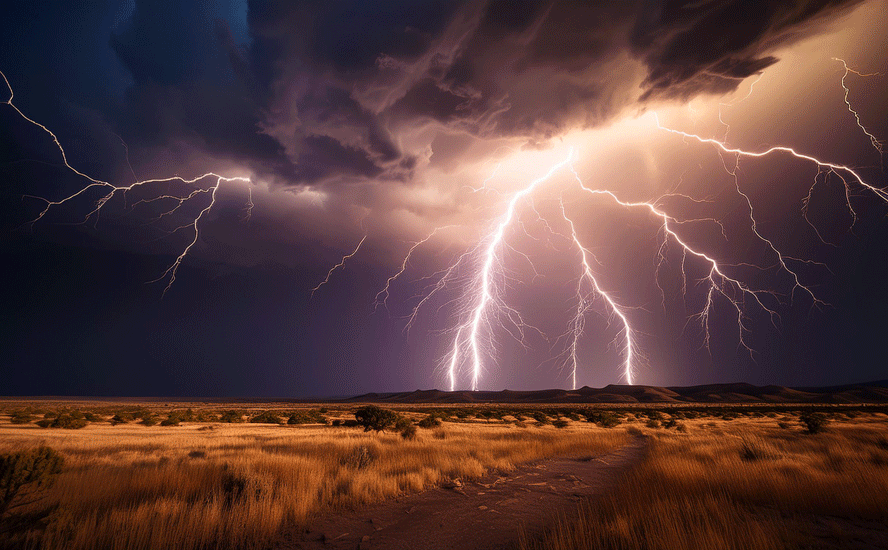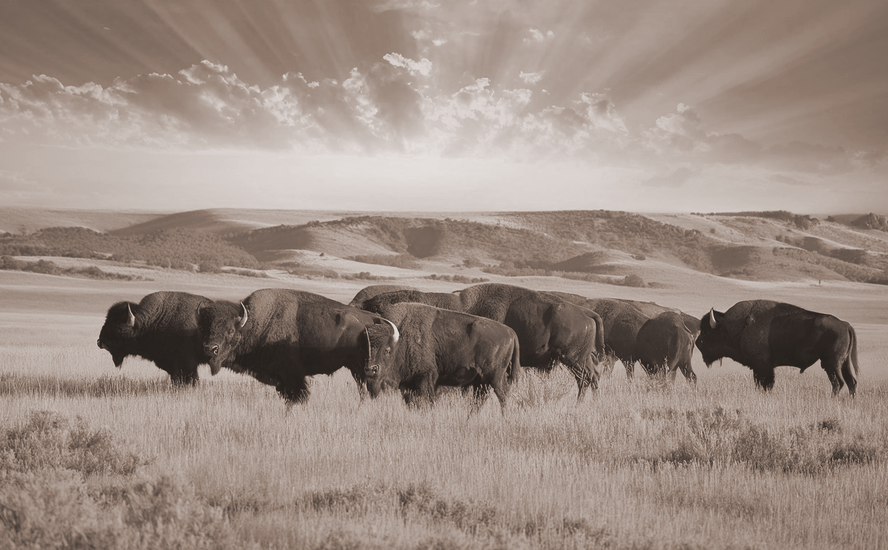The Lowdown On Getting High In Canada

600 tonnes of marijuana a year up for grabs as Canada moves to legalize weed
A $22.6 billion market!
When pot advocates like Marc Emery – the Canadian who ended up in a U.S. jail for selling strains of marijuana seeds over the Internet – referred to the illegality of smoking pot as “prohibition”, a lot of Canadians rolled their eyes. The idea that smoking recreational pot is akin to illegal alcohol consumption in the 1920’s and very early 1930s in the U.S. seemed a little rich.
Prohibition Blues
Oh! my Brothers and Sisters, listen to what I say
By nineteen twenty dere’ll be no boose sold in the U.S.A.
De whole country am goin’ bone dry.
Prohibition am de battle cry.
‘Scuse me while I shed a tear,
For good old whiskey, gin and beer.
Goodbye forever, Goodbye forever.
Ah got de Prohibition, Prohibition, Prohibition blues.
Many of us over the age of 45 grew up during a time when getting caught with a nickel or dime bag of Mexican weed in our pocket or smoking a joint of California Sensi was not ignored – cops definitely did not look the other way. Hardly a comparison to swigging a beer or two in the parking lot after a ball game.
But times they are a changing, and in fact pot prohibition does exhibit many of the same market characteristics as the era of Al Capone. Imagine, as an investor, if you could go back to 1932, the year before prohibition was repealed in the United States. What would you do with the knowledge that the production, transport and sale of alcoholic beverages were about to be legalized? What investment opportunities would be available?
This is the situation marijuana investors now find themselves in, with just over seven months to go before the Canadian government makes recreational marijuana legal.

The passing of Bill C-45, effective next July, makes Canada the first Group of Seven nation to legalize pot, and only the second country in the world to legalize the sale and consumption of marijuana after Uruguay. Around 20 countries already permit medicinal marijuana to be bought and sold.
Recently Deloitte put some numbers to the Canadian pot market, and they’re impressive. The consultancy figures the market has a retail value of between $4.9 billion and $8.7 billion, which is more than the $5 billion market for spirits. The Deloitte numbers were based on a study of 5,000 Canadians. Pot is not only smoked, but can be consumed as edibles, in drinks, as well as in various forms of disease treatments and wellness remedies such as anti-aging creams and sleeping supplements.
“When you consider ancillaries such as growers, testing labs, security, etc., the economic impact could range from $12.7 to $22.6 billion. Of note, these numbers do not include the impact of tourism, business taxes, licensing fees and paraphernalia sales, which could drive the economic impact higher,” Cowen & Co. said in another recent report.
Room for new growers
The majority of pot is sold to a minority of existing users. Although some observers think that pot legalization will bring on many new consumers, the Parliamentary Budget Office in Ottawa anticipates that Canadians who inhale or ingest pot once a week will account for 98 percent of consumption. The real change will be moving from a black market to a legal one.
That brings us to the expected need for pot once it becomes legal in 2018. According to stats by Canaccord Genuity published in Maclean’s, the combined recreational and medical markets could require 575 tonnes (575,000 kg) by 2021.
The article quotes Neil Closner, CEO of marijuana producer MedReleaf Corp., saying said demand could total 1,000 tonnes. But there is a problem, and it’s a good one for aspiring pot farmers to have.
“If you add up all of the announcements from all of the licensed producers to date in terms of their expected capacity growth over the next year, you’re only hitting at about half of their total demand,” Closner said in an interview with BNN.
The two largest marijuana companies, Aphria (TSX:APH) and Canopy Growth (TSX:WEED), together are slated to produce 131,000 kilograms – although Canopy has said it aims to triple the 31,000 kgs it is currently licensed for, by next July, when legalization takes effect.
Even hitting the lower end of the market, producers are expecting to supply 600 tonnes (600,000 kgs), which is a significant increase over current levels and sparking a rush to build new grow facilities.
The legal landscape
With all the excitement over the budding, pun intended, marijuana market, it’s easy to forget that until July 2018, selling and consuming marijuana for non-medicinal purposes is still illegal. The federal Controlled Drugs and Substances Act has been regulating pot since 1996; weed is available for medicinal use by the Access to Cannabis for Medical Purposes Regulations (ACMPR), which came into force in August, 2016.
A little known fact is that during Prohibition doctors were permitted to prescribe alcohol for their patients. And doctors didn’t waste any time starting to prescribe it for dozens of ailments and conditions. Doing so generated annual income for doctors of about one-half billion dollars in today’s value. Here are a couple of verses from ‘Oh! Doctor’ by Rubey Cowan and Billy Joyce, the song was published in 1920.
Most ev’rybody you meet now a days
Seems to be feeling so blue.
They say it is an imposition
To enforce this prohibition.
And I think so too.
But Congress has given Doctors the power
To hand out the Brandy and Rye.
And now in their office at most any hour
You’re bound to hear somebody cry.
[chorus] Oh! Doctor, Oh! Doctor, I’m feeling blue.
Oh! Doctor, Oh! Doctor, it’s up to you.
The drug stores on the corners are filled with liquor mourners.
I told a drug clerk my condition,
He said, “Go see your physician!”
The ACMPR allows medical patients to access marijuana through a licensed producer – something which has become the worst-kept secret for recreational users in cities like Vancouver, where “compassion clubs” and medical marijuana stores have become as ubiquitous as Starbucks. In 2016 the City initiated a crackdown on medical marijuana dispensaries operating without a license, and rolled out a series of regulations including pot stores not being allowed to be close to a school.
In December 2016 the much-anticipated Task Force on Cannabis Legalization and Regulation published a report that set out a number of recommendations to help the government create greater access to marijuana. Many of these were adopted in Bill C-45 which was passed into law last April. These include:
- setting a minimum age of 18 for buying marijuana.
- creating a list of advertising and packaging restrictions like those on tobacco.
- creating a tax regime that divides tax profits between Ottawa and the provinces.
- creating oversight and approval from local authorities.
The bill for example prohibits any promotion or labelling of cannabis that might appeal to young people and defers to the provinces in enacting laws around selling and distributing pot products.
The provinces will decide how weed will be priced and whether or not it can sold in government – or privately – run liquor stores, or elsewhere. Other details of the law:
- anyone over 18 can possess up to 30 grams of cannabis and grow four plants per household.
- the government will regulate producers.
- edible pot products will not be included in the July 2018 legalization.
- legislation will be drafted for driving while high on marijuana.

Bill C-45 also says that the tax regime will be determined later, but earlier this month the federal government announced that it plans to tax pot at $1 per gram or 10 percent of the total retail price, whichever is higher. Revenues are to be divided equally between Ottawa and the provinces. For example, a gram that costs $8 in Ontario would also have tacked onto the price a $1 excise tax and $1.17 in HST, for a total of $10.17. With no sales tax, Alberta could become the cheapest province to buy legal weed.
Ontario first out of the gate
As mentioned it will be up to the provinces to decide how and where pot can be bought and sold. In the beginning of November Ontario was the first to clarify how it will go about it. The Ontario government announced that 14 municipalities, including Toronto, Mississauga, Brampton, Vaughan and Hamilton, will have the first LCBO-run recreational marijuana stores. The Liquor Control Board of Ontario will run the new Ontario Cannabis Retail Corporation (OCRC) and has already announced the first wave of 40 new stores; the target is 150 standalone LCBO-run shops by 2020. Illegal pot shops will be shut down.
Whether the Ontario model will be replicated across the country is an open question. Several provinces are complaining that the new federal law doesn’t give them enough time to roll out regulations before the Canada Day 2018 deadline.
In October Alberta unveiled its proposed framework that it first wants to run by Albertans (they had until Oct. 27 to give input). Pot transactions would occur in specialty stores separate from alcohol, tobacco and pharmaceuticals, with rules that parrot the federal law including a limit of four plants per households and possession limited to 30 grams. However unlike Ontario, Alberta hasn’t decided whether the stores will be privately or publicly run. We do know that the Alberta Gaming and Liquor Commission will be the wholesaler for the products, ensuring a “level playing field” for large and small producers, according to the CBC.
Is it a case of “if you build it they will come?” Chuck Rifici, CEO of marijuana streaming company Cannabis Wheaton Income Corp. (TSXV:CBW), thinks so. (yes you read that right – CBW has adopted the metals streaming model for pot)
“Initially it will be a total land grab,” Rifici told BNN. “I believe every gram produced in Canada for the next five years will be sold. So it’s who can produce the most grams.”
“I believe we’re going to have massive supply constraints. Demand will continue (to grow).” he added. “It already outpaces supply significantly in the medical market, and I think it will outpace even further in adult rec.”
Conclusion
The legalization of marijuana in Canada is not only a massive opportunity for investors to get in on a number of new and exciting recreational marijuana plays, it’s also a chance for the government to finally cash in on an unregulated market that has been run by criminal gangs for decades.
Here the parallel with alcohol prohibition is instructive. Before alcohol was legalized (ie. prohibition ended) it was an unregulated market, where nobody knew what they were actually getting in a bottle of booze. Regulation changed all that, including standardized percentage limits and product definitions. The same thing exists for marijuana today. Buying pot off a street dealer comes with incredible risks, including the possibility of it being laced with other drugs, like cocaine or fentanyl.
Whether you agree with legalizing recreational weed or not at least legalization takes the criminal element out, much like it did when prohibition was appealed, thereby reducing the harms of an unregulated black market.
When prohibition ended, organized crime left the booze business, to be replaced by an attempt to reduce its harm through legalization, regulation and education. The Canadian government is attempting to do the same thing through its pot bill. It worked with alcohol and cigarettes. While drinking and smoking are still harmful, the number of smokers has vastly decreased over the decades due to public relations campaigns aimed at the harms of smoking. Drunk driving used to be common, and while it still happens, the rate has fallen by over two-thirds since 1989, according to the Maclean’s article.
The bottom line for investors? The legalization of pot is going to happen in Canada, so why not add some marijuana companies to your investment portfolio? Investing in pot is ethically sound, the market has room for more players, and the time to get in is now. For all these reasons, marijuana needs to be on your radar screen. It is certainly on mine.
Richard (Rick) Mills
Sign up for Ahead Of The Herd’s free highly acclaimed newsletter.
***
Legal Notice / Disclaimer
This document is not and should not be construed as an offer to sell or the solicitation of an offer to purchase or subscribe for any investment.
Legal Notice / Disclaimer
Ahead of the Herd newsletter, aheadoftheherd.com, hereafter known as AOTH.Please read the entire Disclaimer carefully before you use this website or read the newsletter. If you do not agree to all the AOTH/Richard Mills Disclaimer, do not access/read this website/newsletter/article, or any of its pages. By reading/using this AOTH/Richard Mills website/newsletter/article, and whether you actually read this Disclaimer, you are deemed to have accepted it.


























